This article is about showing the way of bypassing SI from both inner and outer wall, and which is correct in order to obtain satisfying outcome away from any unnecessary complications.
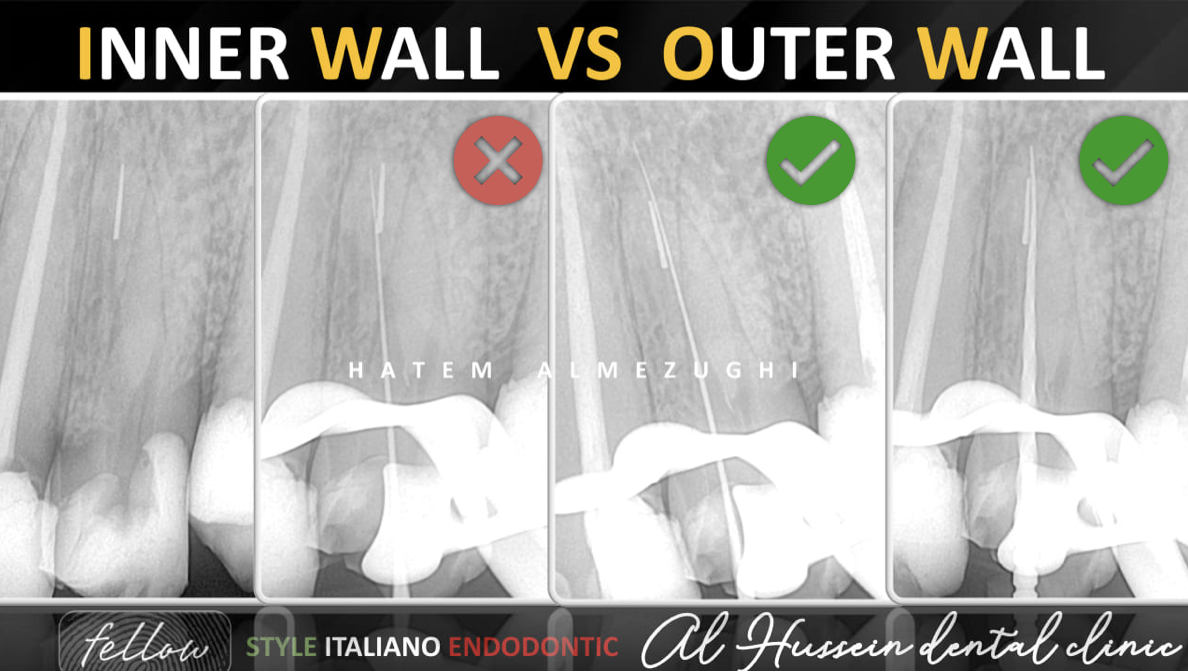 Inner wall Vs outer wall
Inner wall Vs outer wall
This article is about showing the way of bypassing SI from both inner and outer wall, and which is correct in order to obtain satisfying outcome away from any unnecessary complications.
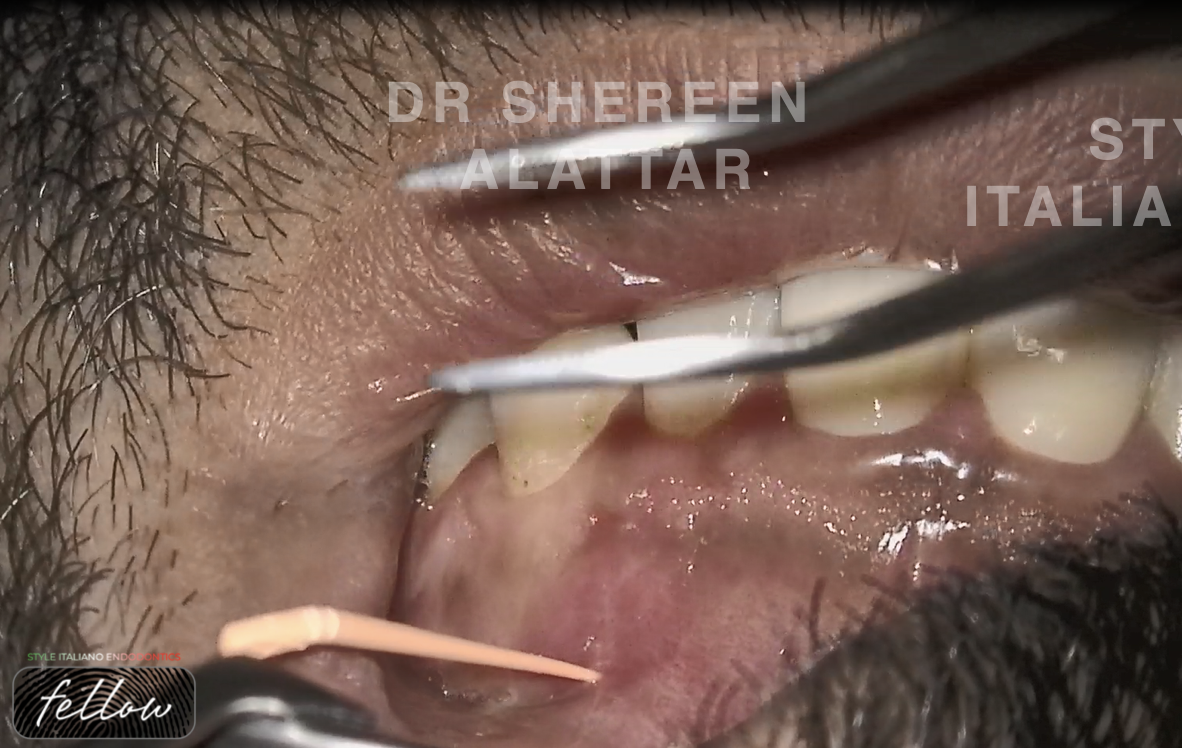 Trace every tract!
Trace every tract!
Sinus tract tracing, proper diagnosis, and patient education are all the big players involved in this tooth story!
It is no surprise that I find all of advanced diagnostic techniques, i.e.; cone beam scans for example, extremely useful to figure out the source of pain plaguing my patients, it’s worth investing my time and energy into the latest technology.
But keeping things old-school has its value too. Therefore, I would like to show you a case where a classic diagnostic method—sinus tract tracing—proved invaluable in my endodontic diagnosis.
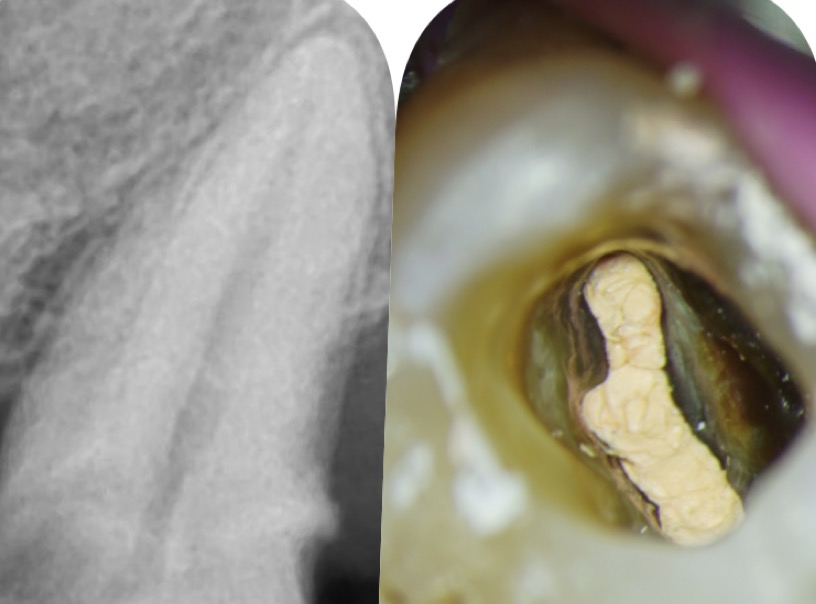 C-SHAPED MAXILLARY SECOND MOLAR
C-SHAPED MAXILLARY SECOND MOLAR
Root canal treatment of maxillary second molar can be very difficult . Beside the limited accesibility of tooth in mouth with limited mouth opening ,with complex root canal anatomy specially […]
 Re-treatment Decoding : obturation dilemma
Re-treatment Decoding : obturation dilemma
In this article we are going to share how to manage an upper first molar in a predictable way for a long-term successful re-treatment.
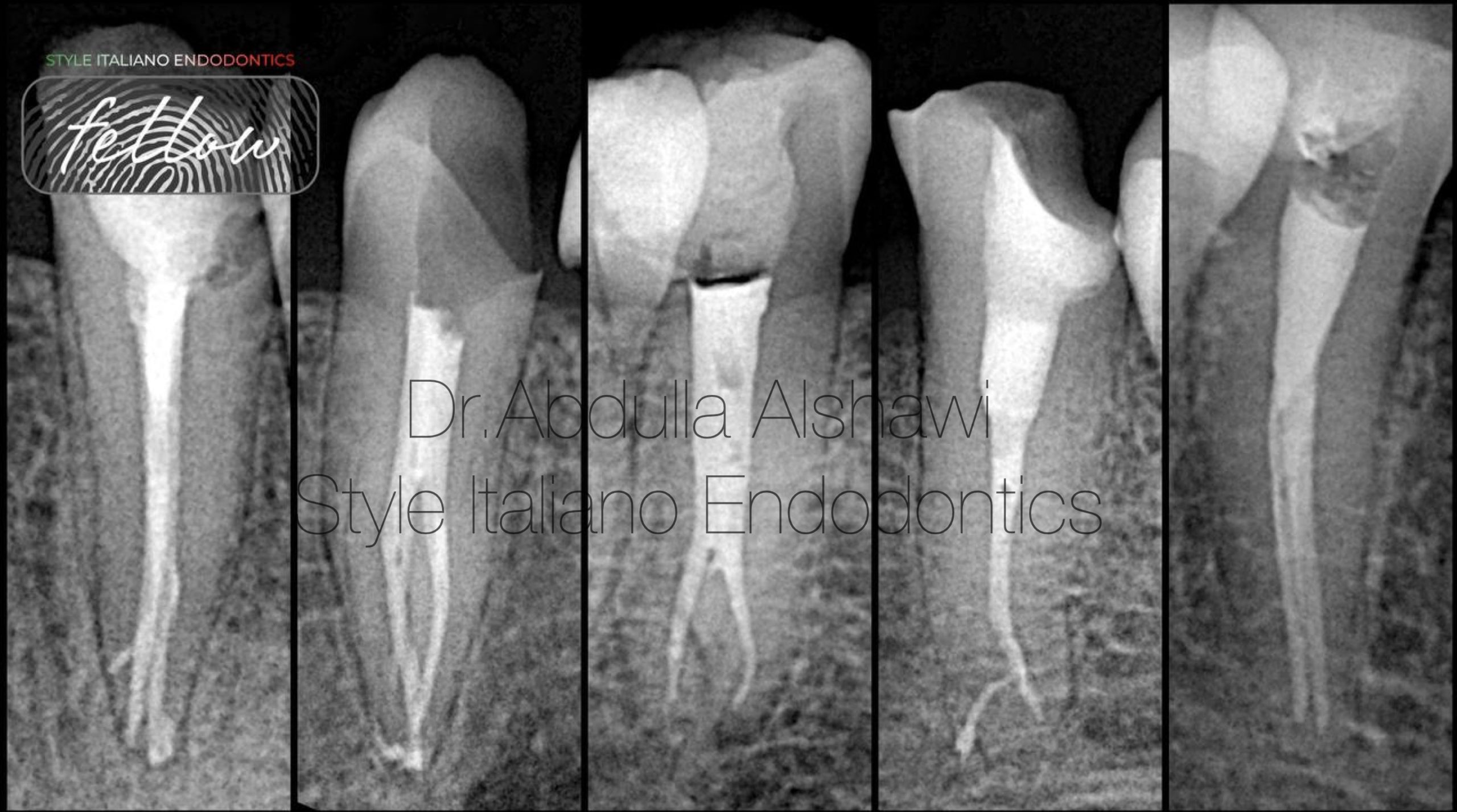 Management of the complex anatomy of lower premolars
Management of the complex anatomy of lower premolars
Variations in the root canal configurations are a great challenge for the endodontist during endodontic procedures. This necessitates the understanding of canal morphology before initiating the treatment.
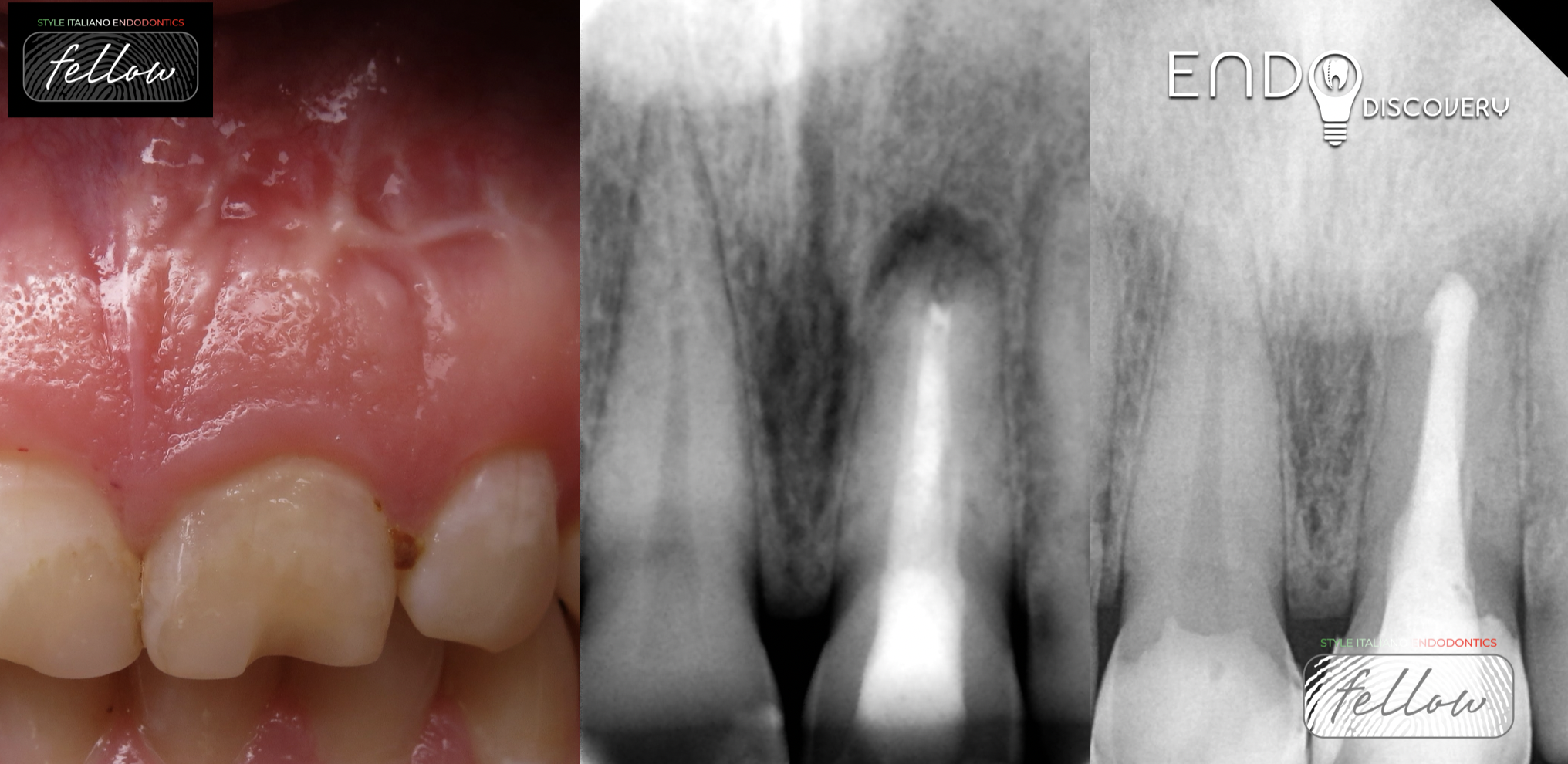 Non-Surgical Root Canal ReTreatment of Failed Apicoectomy with the Use of MTA cement
Non-Surgical Root Canal ReTreatment of Failed Apicoectomy with the Use of MTA cement
Teeth with previous apical resection and persistent apical periodontitis are usually re-treated surgically or with a combination of non-surgical and surgical re-treatment. Alternatively, nonsurgical orthograde treatment of failed apicoectomy can […]
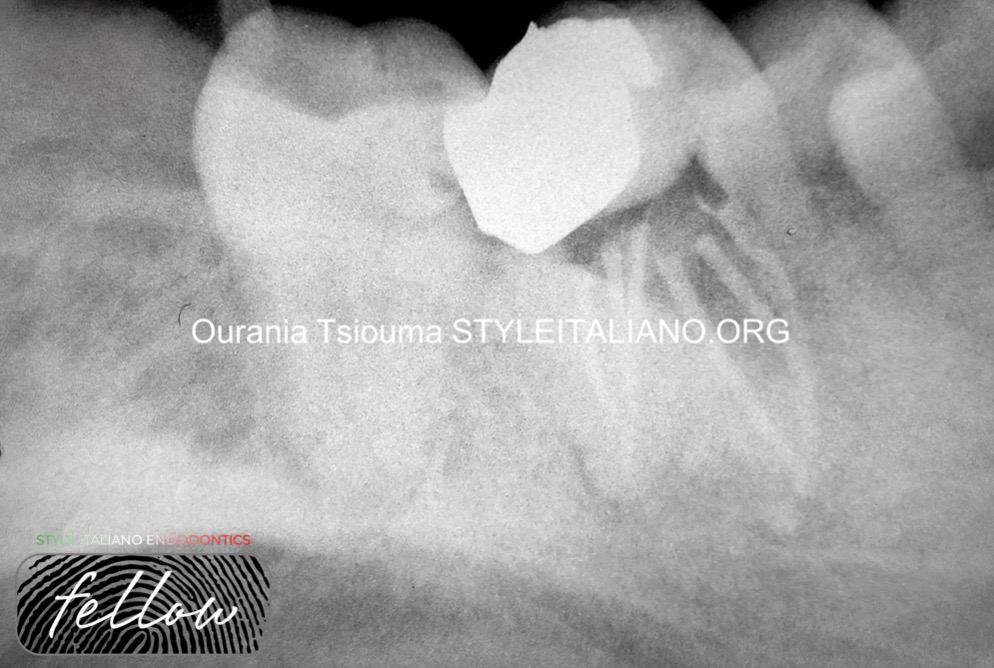 A mandibular first molar with 6 root canals:
A mandibular first molar with 6 root canals:
One of the most important prerequisites for successful endodontic treatment is the adequate knowledge and understanding of root canal anatomy. The mandibular first molar (MFM) seems to be the tooth […]
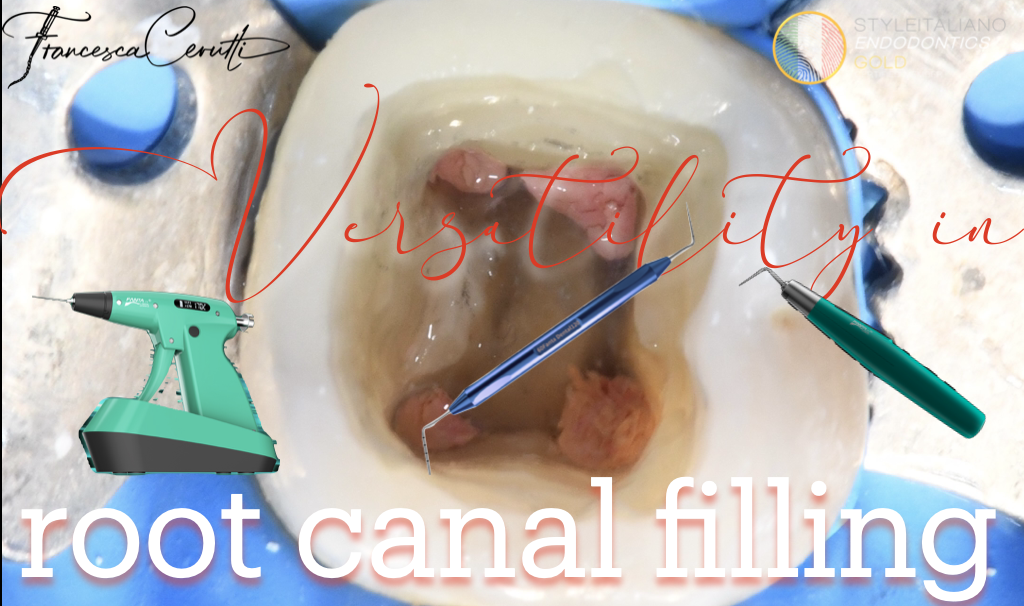 Versatility in root canal filling
Versatility in root canal filling
Several filling techniques exist: the clinician should be choosing the filling technique according to the clinical conditions.
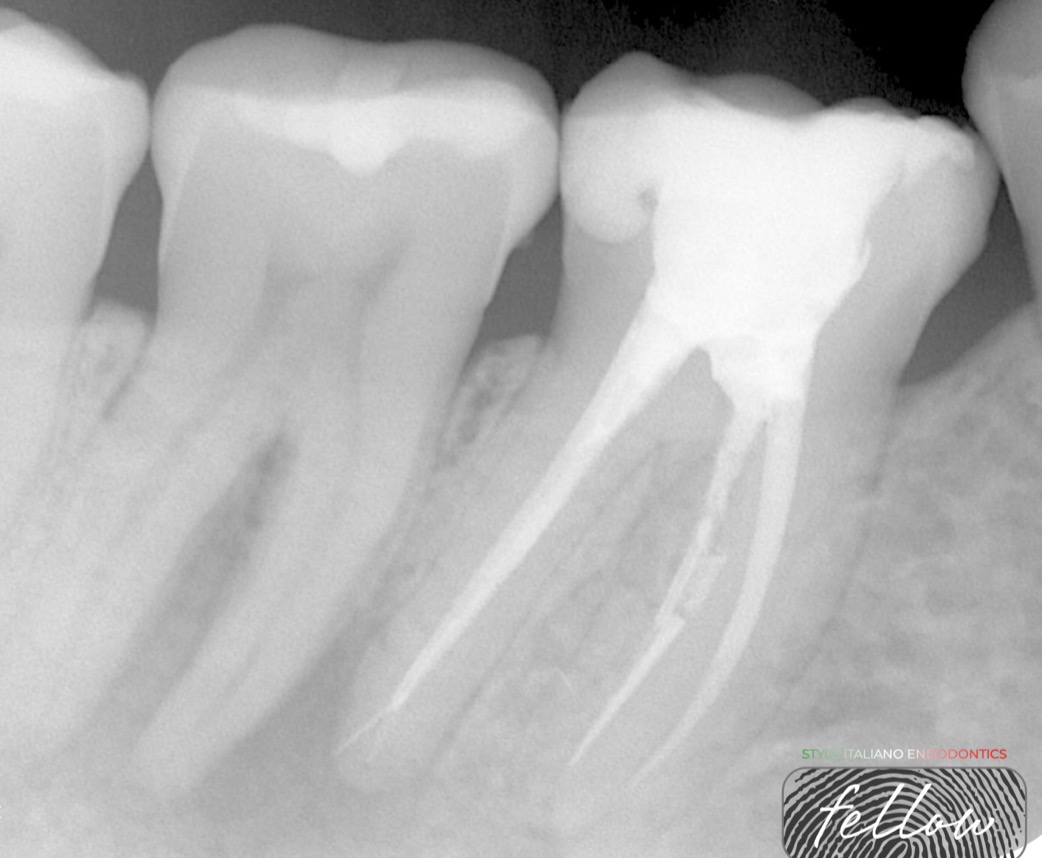 Removal of separated files; More than one way to achieve.
Removal of separated files; More than one way to achieve.
Fractured endodontic instruments visualized on the initial radiograph of a case that calls for retreatment may pose a great challenge to the clinician who is being asked to undertake an […]
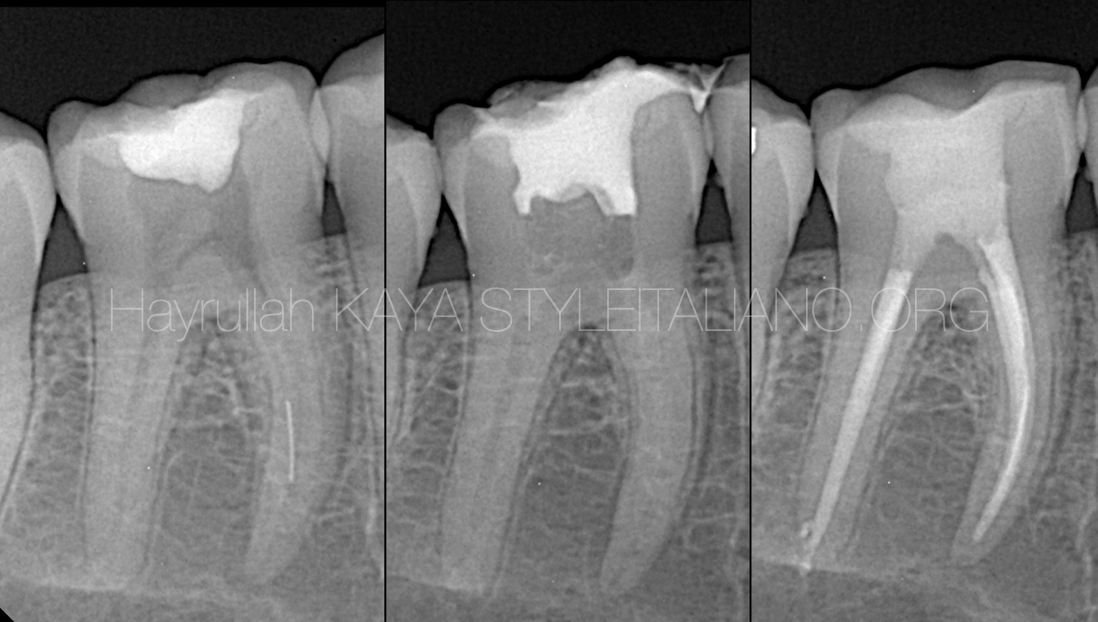 Custom loop: Removing broken root canal instruments
Custom loop: Removing broken root canal instruments
Fracture of root canal instruments used in root canals is a common complication in endodontics. In this article, I will demonstrate the creation of a custom loop that can be used to retrieve a broken root canal instrument
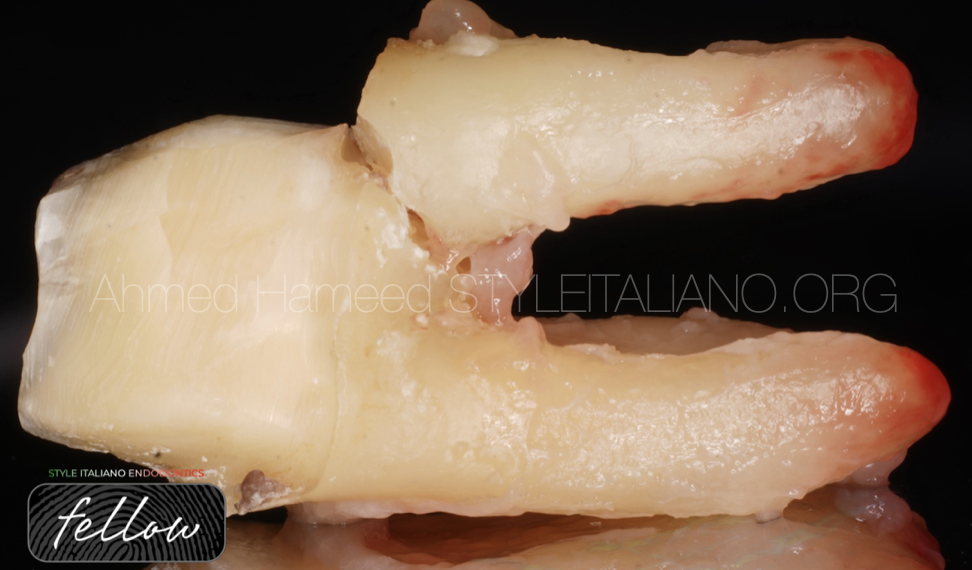 Cracked tooth syndrome
Cracked tooth syndrome
Within the intricate landscape of dental health, the phenomenon of cracked teeth poses a challenging conundrum for both patients and dental professionals. Cracked teeth, an umbrella term encompassing various fissures and fractures within tooth structures, present a complex array of symptoms and diagnostic intricacies, often defying conventional diagnostic methodologies. This exclusive article aims to delve into the multifaceted nature of cracked teeth, exploring their diverse manifestations, diagnostic challenges, and tailored approaches to comprehensive management.